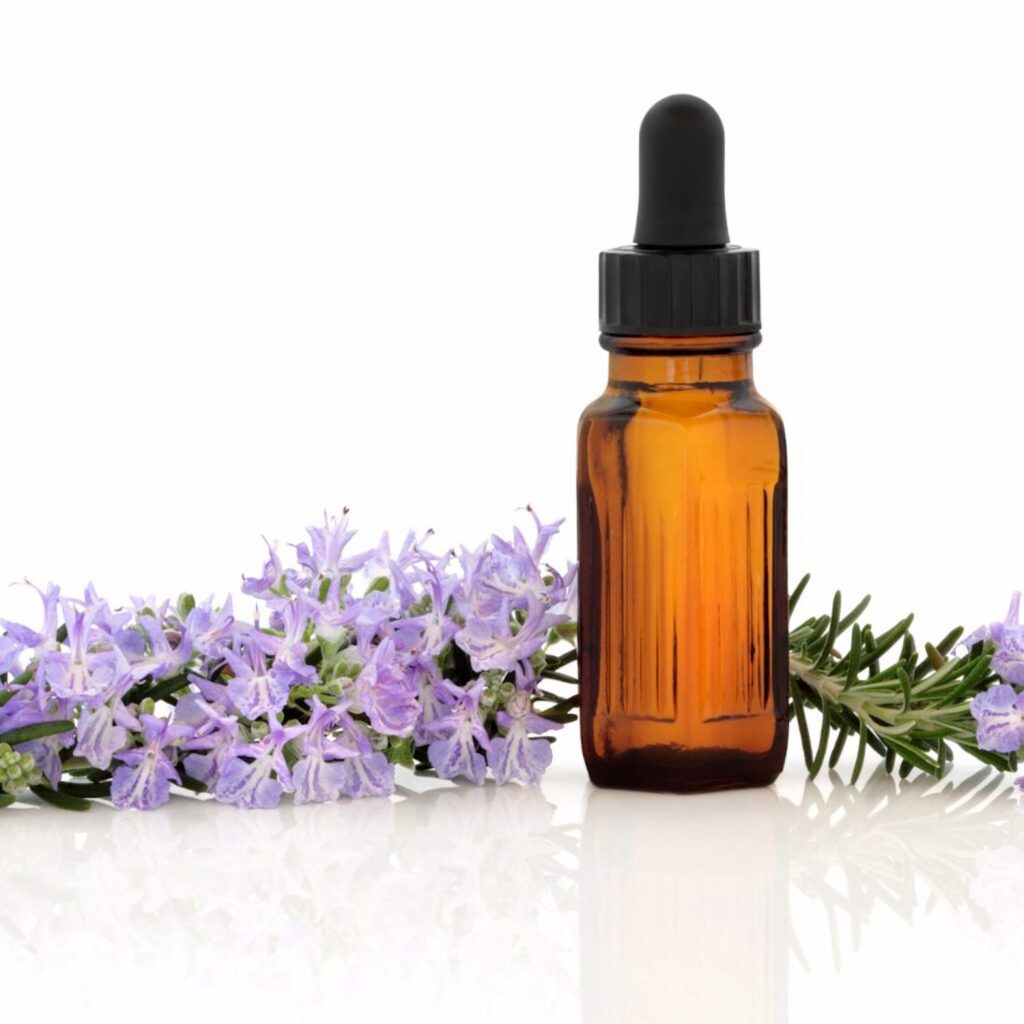
Botanical Terpenes: Everything You Need to Know
Over the last decade, the use of cannabis and essential oils has become more mainstream. These products contain terpenes that have the potential to benefit many health conditions. Therefore, the talk of terpene benefits has sparked consumers’ curiosity.
If you, too, are curious about botanical terpenes, what they do, and where they come from, keep reading to learn everything you need to know about these oils.

What are Terpenes?
Before you can learn everything you need to know about botanical terpenes, you must understand what terpenes are.
A terpene is a large group of unsaturated hydrocarbon compounds found in plants’ essential oils. These compounds are responsible for the distinctive flavors and aromas in every plant.
Here are some of the most common terpenes:
- Myrcene- Has an earthy aroma and is commonly derived from mango, lemongrass, hops, and thyme.
- Linalool- Has a floral or sweet aroma and is commonly derived from lavender, coriander, sweet orange, and bay laurel.
- Limonene- Has a citrusy aroma and is commonly derived from lemons, oranges, and juniper.
- Pinene- Has a pine aroma and is commonly derived from pine trees, rosemary, and sage.
- Trans-Caryophyllene- Has a peppery or woody aroma and is commonly derived from cotton, black pepper, and cloves.
In addition to these common terpenes, there are over 20,000 more that have been found on earth.

Why Do We Want Terpenes?
So, we know what terpenes are; now, you may be wondering why we want them in the first place.
Terpenes can be used to add flavor to your foods and drinks or used to add scents to a room or different products like candles and soap. However, these oils are most frequently used for their possible health benefits. You can expect a vastly different effect depending on which oil you use.
Often, consumers seek products like cannabis or essential oils based solely on their ability to treat medical condition symptoms.
Some symptoms that can be managed with terpenes include:
- Anxiety
- Pain
- Inflammation
- Muscle spasms
- Depression
- Insomnia
- Nausea
Additionally, many of these plant-derived essential oils have anti-fungal and anti-bacterial properties.

Botanic VS Cannabis VS Synthetic
There are three methods used when cultivating terpenes; Botanic, Cannabis, and Synthetic.
- Botanical terpenes are isolated from legal everyday plants like lavender, pine, lemon, and clove. These oils are naturally sourced, highly effective, potent, and authentic. Overall, Botanical terpenes are considered the best option for consumer products and physical consumption because they are naturally sourced and avoid the legal issues associated with cannabis.
- Cannabis terpenes naturally occur within the marijuana plant in high concentrations and variety. When terpenes are isolated from the cannabis plant, they are indistinguishable from the botanical terpenes in terms of effectiveness and authenticity. The only difference between the two oil derivatives is the source from which they came.
- Synthetic terpenes are not derived from a plant at all. Instead, Synthetic terpenes are created in a lab through the blending and manipulation of chemicals. Although synthetic terpenes are not real, they smell and taste the same as natural oils. However, as expected, synthetic terpenes are much less effective, which is why they are commonly used as fragrances for household items like cleaners.
You can visit Veriheal for a more in-depth breakdown of the differences between natural and synthetic terpenes.
How are They Extracted?
To use terpenes in their pure form, the plants must undergo an extraction process that removes the oils without the impurities of fats, chlorophyll, and other plant metabolites.
Extraction can occur through solventless terpene extraction, solvent-based terpene extraction, and mechanical extraction.
- Solventless terpene extraction uses two water-based methods; steam distillation (placing the plant over boiling water) and hydrodistillation (placing the water inside of boiling water). While steam passes through the plant matter, the terpene-rich oils are carried to a condensation flask where the oils and water cool and liquify.
- Solvent-based terpene extraction is carried out at lower boiling points using hydrocarbons and gasses like CO2. During this process, heat and pressure turn CO2 into a fluid that runs through the plant and produces a concentrate that will be refined in a vacuum drying oven to isolate the terpenes.
- Mechanical Extraction uses the combination of heat and extreme pressure to separate the terpene oils from plants. Although this method is effective, remnants of plant matter are often left behind in your final product.







